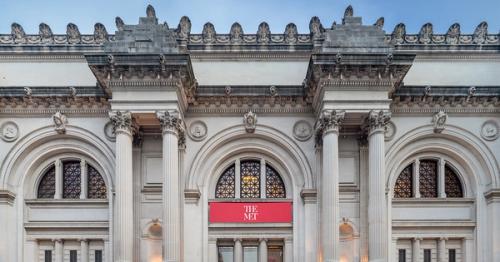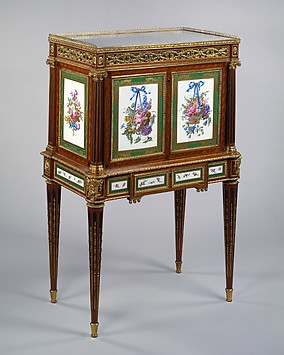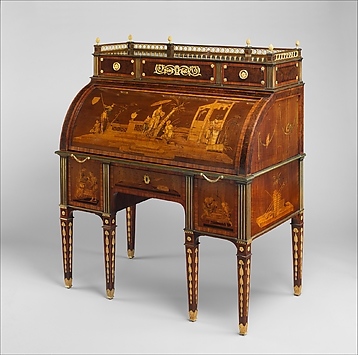Art Deco—the term conjures up jewels by Van Cleef & Arpels, glassware by Laique, furniture by Ruhlmann—is best exemplified in the work shown at the exhibition that gave the style its name: the Exposition Internationale des Art Décoratifs et Industriels Modernes, held in Paris in 1925. The exquisite craftsmanship and artistry of the objects displayed spoke to a sophisticated modernity yet were rooted in past traditions. Although it quickly spread to other countries, Art Deco found its most coherent expression in France, where a rich cultural heritage was embraced as the impetus for creating something new. the style drew on inspirations as diverse as fashion, avant-garde trends in the fine arts—such as Cubism and Fauvism—and a taste for the exotic, all of which converged in exceptionally luxurious and innovative objects. While the practice of Art Deco ended with the Second World War, interest in it has not only endured to the present day but has grown steadily. Based on the Metropolitan Museum's renowned collection French Art Deco presents more than eighty masterpieces by forty-two designers. Examples include Süe et Mare's furniture from the 1925 Exposition; Dufy's Cubist-inspired textiles; Dunand's lacquered bedroom suite; Dupas's monumental glass wall panels from the SS Normandie; and Fouquet's spectacular dress ornament in the shape of a Chinese mask. Jared Goss's engaging text includes a discussion of each object together with a biography of the designer who created it and is enlivened by generous quotations from writings of the period. The extensive introduction provides historical context and explores the origins and aesthetic of Art Deco. With its rich text and sumptuous photographs, this is not only one of the rare books on French Art Deco in English, but an object d'art in its own right.























